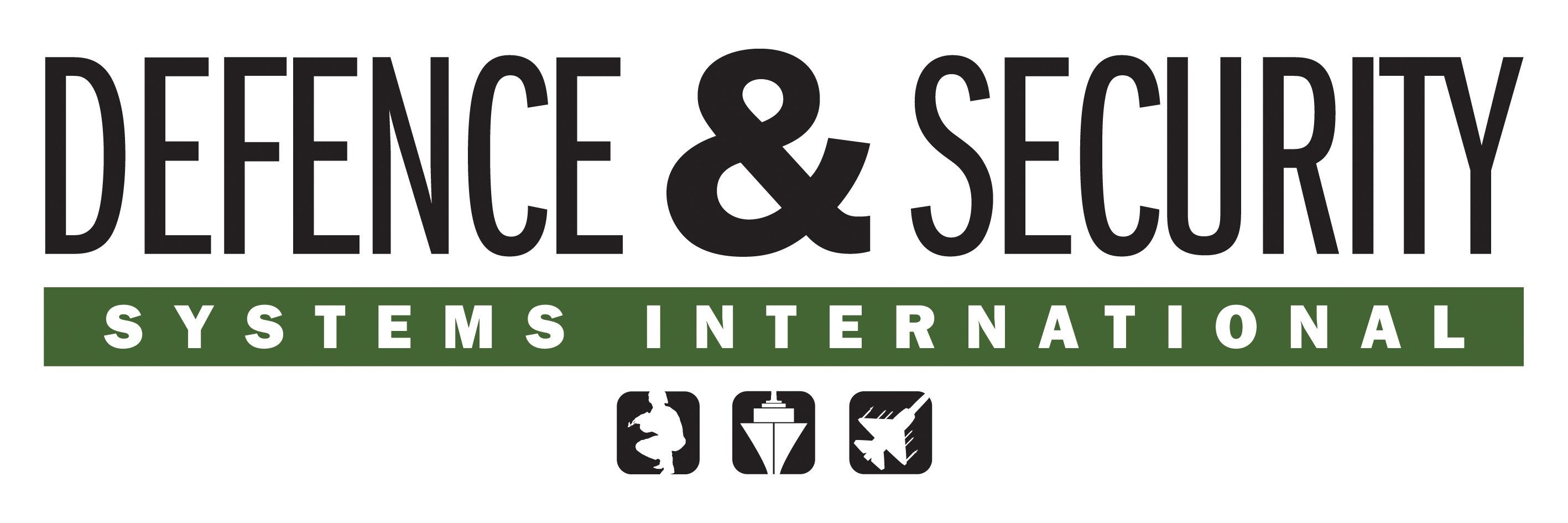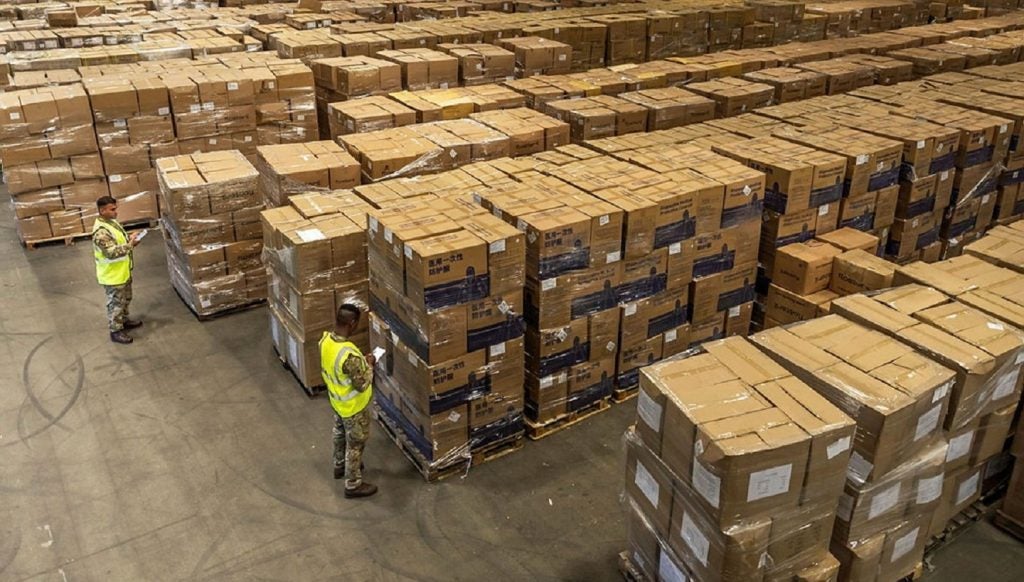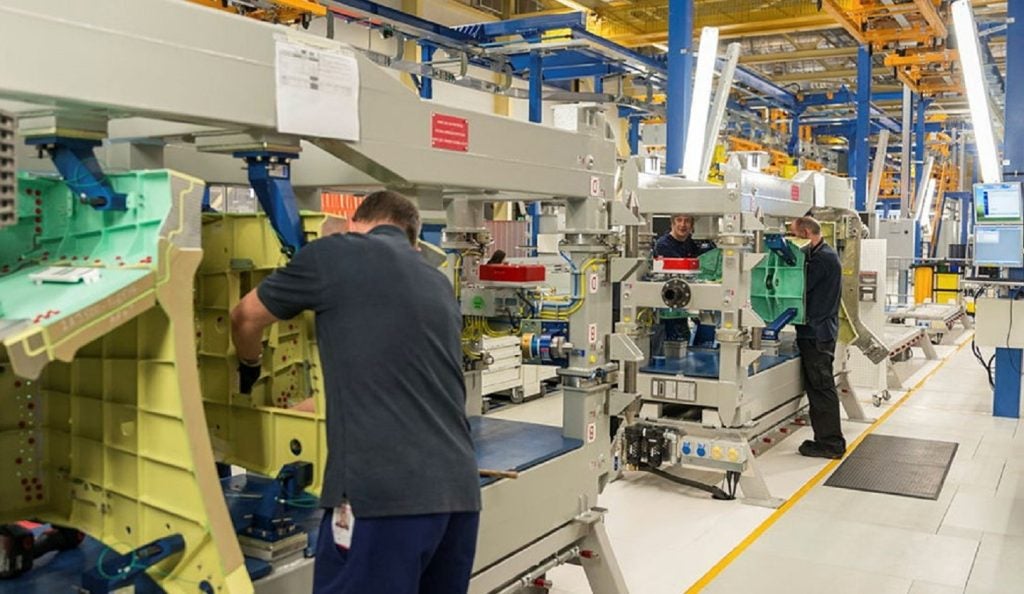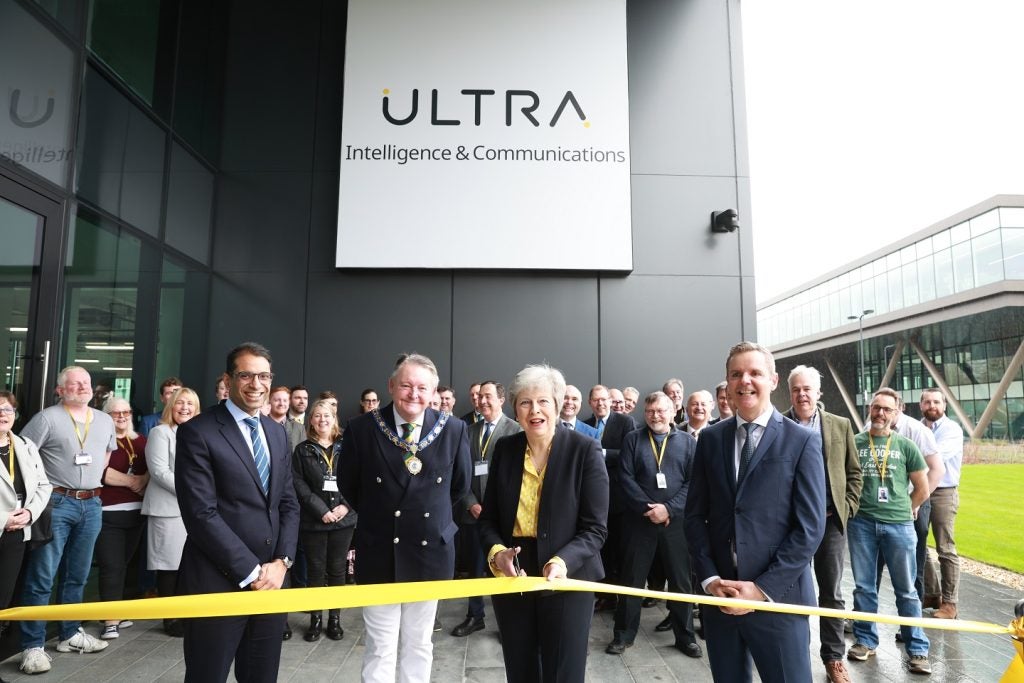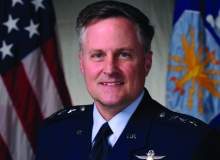
The USAF is the largest and most complex military air force in the world. With such extensive and varied equipment and personnel needs, Lieutenant General William T Lord’s task is an incredibly complex one. He must manage, upgrade and modernise the USAF’s IT infrastructure, while ensuring that new equipment performs effectively and efficiently and remains interoperable with the systems already in use.
Ross Davies: What are the key challenges in implementing new IT infrastructures?
Lieutenant General William T Lord: It’s bringing a new homogeneous model technology to a network and infrastructure that has been grown up heterogeneously. At one time, in the air force, we had 220 networks; we are really trying to go towards one air force network, although realistically it will probably comprise five.
This poses some questions. If you use the analogy of a flying aircraft, how do you upgrade an engine while still in flight? How do you do the integration? How do you migrate the security and data to the new system while still conducting daily operations? These are the challenges.
RD: How have you shored up security to prevent potential risks such as hacking?
WTL: Security is probably the biggest impediment to bringing new technology into the air force as it takes a long time to complete the analysis to ensure that we’re at least less vulnerable, if not invulnerable, to things like hacking. We work with some OEMs such as Apple, Android, HP, Microsoft and those that are developing much of the technology infrastructure in operating systems. We ask them to incorporate some additional security, as they would normally do for all of their customers – not just for us – into our infrastructure.
Right now, we are talking with Apple about the Apple iOS and some things that they could perhaps do to their operating system to make it a little more secure. Clearly, being a technologically rich environment, my customers, the 700,000 servicemen and women, want new technology such as Google Chrome, PlayBooks, smartphones and iPads.
RD: What factors do you consider before making investments – what goes into the decision-making process?
WTL: Obviously, a return on investment is one of those factors. System modernisation is another one; because you have to modernise when something is no longer technically supportable. More importantly, we consider investments that leverage combat capability; we have found that tying together disparate databases and platforms that were perhaps never intended for their use when we initially fielded them is where we have achieved our greatest results. Take Chat as an example. We brought Chat into the air force about ten years ago, not really knowing what we were going to use it for, but great young, American men and women, both in uniform and civilians, have figured out how to use it – we could not live without Chat now to conduct combat operations.
How well do you really know your competitors?
Access the most comprehensive Company Profiles on the market, powered by GlobalData. Save hours of research. Gain competitive edge.

Thank you!
Your download email will arrive shortly
Not ready to buy yet? Download a free sample
We are confident about the unique quality of our Company Profiles. However, we want you to make the most beneficial decision for your business, so we offer a free sample that you can download by submitting the below form
By GlobalDataThe same is true for social networking. This introduces the question of how do we bring and use a Facebook-like capability inside the network, secure it and then allow folks to use that kind of capability. We now have 450,000 airmen using social networking. In this way, the smartest kid that knows how to maintain a jet engine, located at an airbase in Germany, can exchange information with people maintaining the same kind of equipment half way across the world.
RD: How much emphasis is placed on R&D?
WTL: The Air Force Research Laboratory (AFRL) has an entire branch devoted to the cyber realm, including a focus on information technology. Several billion dollars a year are spent finding and figuring out how to transition those experiments into the operational air force. At the same time, I have a chief technology officer, directly assigned to me, who looks at the commercial technology, which isn’t always exclusive to the DoD. We find unique ways of using commercial applications and technology. One of the ways to do this is a deep dive into what’s going on in the commercial world. The other is, to a much lesser degree, internal AFRL research. That’s still a significant amount of money, though.
RD: How much of your remit as CIO involves working with your counterparts in the army, navy and marines?
WTL: We have a wonderful relationship with my brothers and sisters at my level – the three-star level. One of the things we do with each of the services is conduct air force-marine, air force-navy and air force-army warfighter talks – they include the three and four-star commanders. One of the things we talked about extensively in the last one with our marine brothers was tactical data links on aircraft.
You can imagine that within services that have culturally grown up around their weapon systems, tactical data links and IT would seem a little bit strange. However, our senior leaders have figured out that it is not only synergy and symbiotic relationships required between services, but also the unity that comes from being able to exchange information that’s been gathered up by different platforms.
RD: So you would say that there is definitely a greater synergy between the air force and your counterparts than there was 20 years ago?
WTL: Yes. Part of that is budgetary; our organisations grew independently in a time when, perhaps, you didn’t have to talk with one another because you had enough money to do what it was you thought you needed to do. As budgetary pressures have increased, a positive aspect of this has been the synergy that comes from us doing a better job sharing with each other.
It’s the same with our coalition partners. The more we have those conversations – I have members of the Canadian Armed Forces and Royal Air Force assigned to my staff – the better exchanges we can achieve.
RD: What challenges are stricter defence budgets having?
WTL: Today’s budgetary pressures in the US Air Force, and in the US in general, have created some unique challenges. For the IT business, those are absolutely unique; while some walk around wringing their hands, I think this burning platform is forcing us to consolidate in ways which we always wanted to do, but never had the impetus – which the budgetary pressure has given us. As we look not only inside the air force, but at sharing with our other brothers and sisters in the services, we are finding an enormous amount of common ground. As a result of that, we can gain efficiency without giving up combat effectiveness. That’s positive for everyone.
This article was first published in our sister publication Defence & Security Systems International.


